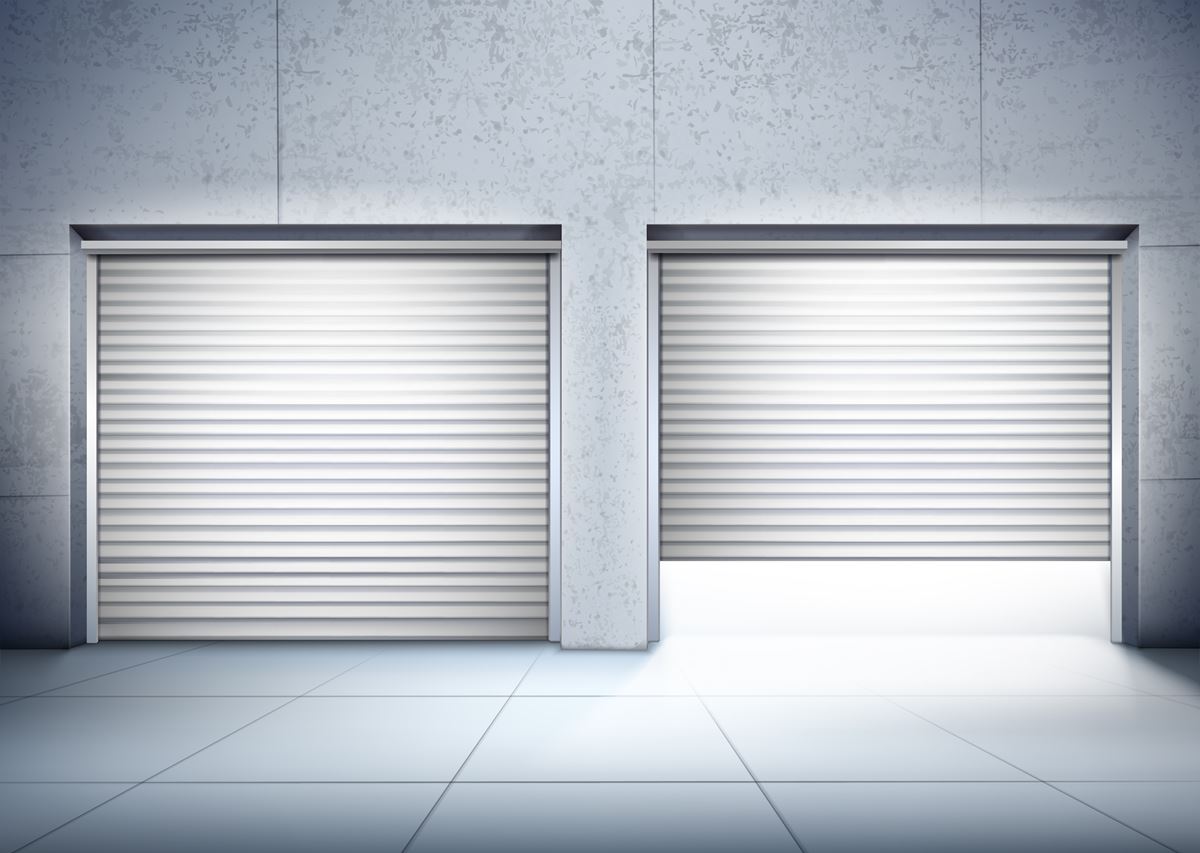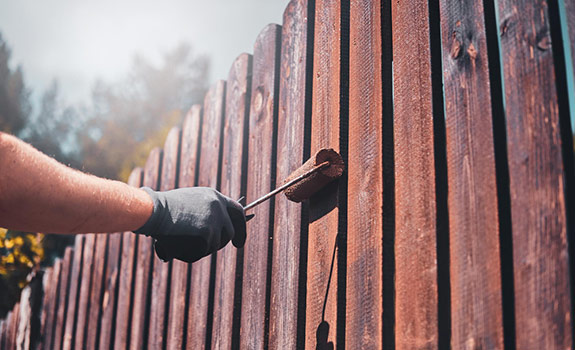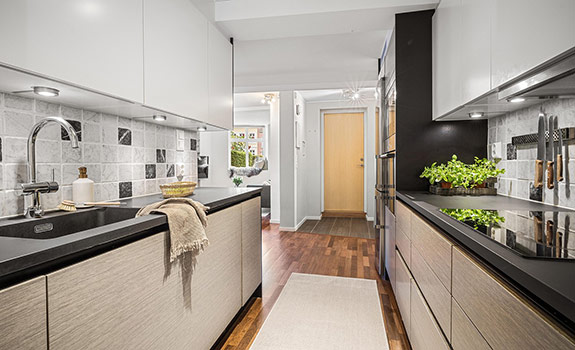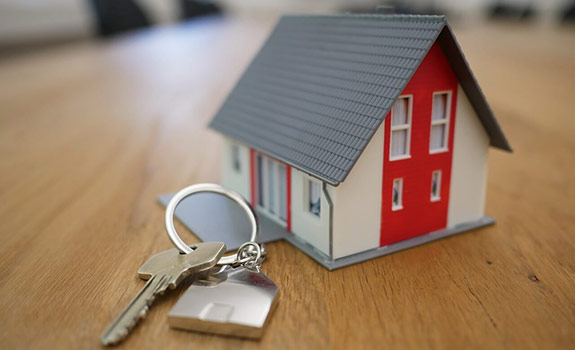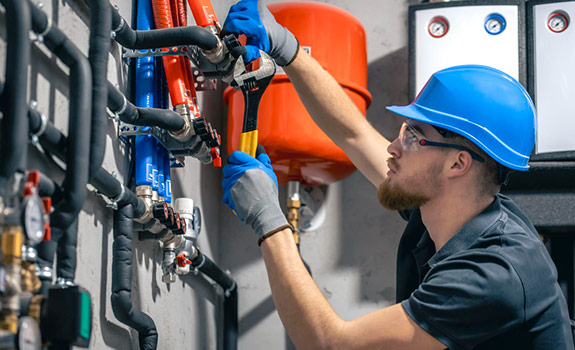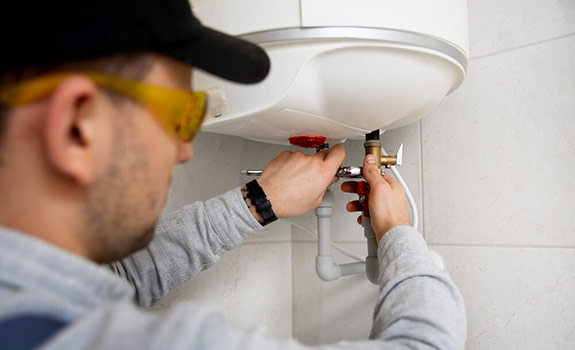A malfunctioning garage door can be a frustrating and even dangerous problem. Whether it’s stuck halfway, making odd noises, or refusing to open at all, garage door troubleshooting is the first step toward a solution. In this guide, we’ll walk you through the most common garage door issues and how to fix them safely and efficiently.
Photo credit: Freepik
Garage Door Won’t Open or Close
When your garage door refuses to open or close, it can be quite frustrating. However, there are things to be done, so don’t despair just yet. First, check the power source. A tripped circuit breaker or blown fuse is often the culprit.
The next thing to do is to inspect the remote control. Sometimes, a dead battery can throw everything off balance. If you’re using a keypad entry system, ensure it’s programmed correctly and that there are no jammed buttons.
Additionally, look at the tracks. Debris could cause obstruction, and dirt or small rocks can prevent smooth movement. If that’s the case, just clean the garage door tracks, and you’re good to go.
If nothing seems amiss yet, the door still won’t budge, check if it’s locked manually. A simple twist of the lock could save you from further hassle. Finally, give attention to any garage door sensors. They might be misaligned and stop operation for safety reasons.
This is one of the most common garage door troubleshooting issues that homeowners encounter.
Garage Door Opener Runs, but the Door is Not Moving
What happens when your garage door opener runs but the door still remains stubborn? The first step is to check for any visible obstructions in the tracks. Even small debris can prevent proper movement.
If this is not the issue, you should inspect the trolley and track assembly. Sometimes, these components become disconnected. If you notice a disconnect, reattach them carefully.
Another culprit could be worn-out gears inside the opener itself. Over time, these parts may degrade and require replacement. A quick look at your user manual can guide you through this process.
If everything seems fine mechanically, consider checking power supply issues or faulty wiring connections that might hinder operation. If not, there’s also sensor alignment to think about. Misaligned sensors can trick the system into thinking there’s an obstruction when there isn’t one at all.
These are key points in effective garage door troubleshooting when the opener works but the door doesn’t move.
Disconnected or Broken Remote Control
You press the button of your remote control, and nothing happens. Does this look like a familiar scenario? It’s a common issue that many homeowners face.
First, you should check the batteries. Weak or dead batteries are often to blame. Replacing them is simple and might just do the trick. If new batteries don’t help, check the remote for any visible damage. Cracks or worn-out buttons could indicate deeper issues with functionality.
But what do you do if you have a disconnected remote control? Sometimes, it may be necessary to reprogram it. Refer to your garage door opener’s manual for specific instructions on how to sync it again.
Consider interference from other devices nearby. Wireless signals can clash, causing communication problems between your remote and the opener. Moving these devices away might restore proper function without further repairs.
Remote issues like these are part of everyday garage door troubleshooting for many homeowners.
Garage Door Produces Noise
A noisy garage door often signals underlying issues that need attention. Common sounds include grinding, squeaking, or rattling noises. These may indicate a lack of lubrication on moving parts like rollers and hinges. A quick spray of lubricant can make a lot of difference.
Sometimes, the noise comes from loose hardware. Bolts and screws might have come undone over time, which creates vibrations as the door operates. Tightening these components is usually straightforward and can significantly reduce unwanted sounds.
If your door has tracks that are misaligned, you’ll likely hear scraping or banging when it moves. You should adjust the tracks to restore smooth operation.
You should pay close attention to any unusual sounds during your garage door inspection. This is usually the first pointer to larger mechanical problems. Ignoring them may lead to costly repairs later on.
Noise-related issues are often overlooked, but are a vital part of early garage door troubleshooting.
Unbalanced Garage Door
An unbalanced garage door can be a major headache. If your door seems to move unevenly, it’s time to take action.
You should check the springs on either side of the door. They should have equal tension and look symmetrical. An imbalance could indicate that one spring is wearing out faster than the other.
Also, observe how the door opens and closes. Does it tilt or sway? This might suggest issues with rollers or tracks as well. Sometimes debris in the track can lead to an uneven closure too. A quick maintenance check and cleaning might resolve minor problems without deeper intervention.
If you’re unsure about adjustments, you should think about consulting a professional technician. If you try to fix an unbalanced door yourself, it may lead to further complications or safety hazards.
Broken or Worn Out Springs
When garage door springs wear out or break, the door can become inoperable. This issue often manifests as a door that won’t open or close properly. But how does it happen?
Whether you have torsion springs or extension ones, the issue may appear. Worn-out springs may appear stretched or misshapen. If you notice your garage door is unusually heavy to lift manually, that’s a telltale sign something’s wrong.
If you try to fix broken springs yourself, it can be dangerous due to their high tension. It’s best left to professional garage door technicians who understand the mechanics involved and have the right tools.
Regular inspections of your garage door system can help catch spring issues early. Replace worn springs before they snap completely. This preventative measure saves time and money down the line.
Spring-related failures are among the most serious garage door troubleshooting problems and should be addressed promptly.
Garage Door Power is Disrupted
If your door suddenly stops responding, it might be due to disrupted power. First, check the power outlet. Is it functioning? Plug in another device to see if it works. Sometimes, tripped circuit breakers are the issue. A quick reset could solve your problem.
Another common garage issue is loose wiring. Inspect the connections between the opener and its power supply for any signs of damage or disconnection. And don’t forget about remote batteries as well. Weak batteries can lead to communication failures with your garage door opener.
If everything looks fine but issues persist, you may need professional assistance to diagnose deeper electrical problems that could pose safety risks. In such cases, contact our garage door company for help.
Garage Door Motor is Not Reacting
When you press the remote or wall switch, silence often feels like a sign of deeper trouble. If your garage door motor does not react, you should check the power source first. Ensure that the motor is plugged in and that there’s no tripped circuit breaker. Sometimes, it’s as simple as restoring power to your garage.
If this is not the problem, inspect the safety sensors located at the bottom of your door tracks. If these are misaligned or obstructed, they’ll prevent operation for safety reasons.
Also, listen for any unusual sounds when trying to operate the door. A humming sound without movement could indicate an internal issue with gears or wiring.
If everything seems normal but still non-responsive, consider resetting your system according to the manufacturer’s instructions. This might just breathe new life into your stubborn motor without major repairs.
Garage Door Cables Have Snapped
Garage door cables bear the weight of the door and provide support during its operation. If you’ve noticed that your garage door isn’t opening or closing properly, it could be due to snapped cables.
A visual inspection can help determine if this is the issue. Look for frayed wires or any signs of wear and tear. If you see that one or both cables are damaged, you should not attempt repairs on your own. Working with garage door springs and cables can be dangerous without proper knowledge and tools.
Professional technicians have the expertise needed to replace broken or worn-out cables safely. They will ensure everything is aligned correctly, allowing your garage door to operate as it should again.
Regular inspections can maintain your garage door system and prevent future issues like cable damage from arising. Contact Garage Door Experts now to book your free assessment. Let’s fix all these issues before they become major problems.
Published in: Home advice | Author: Lynn



